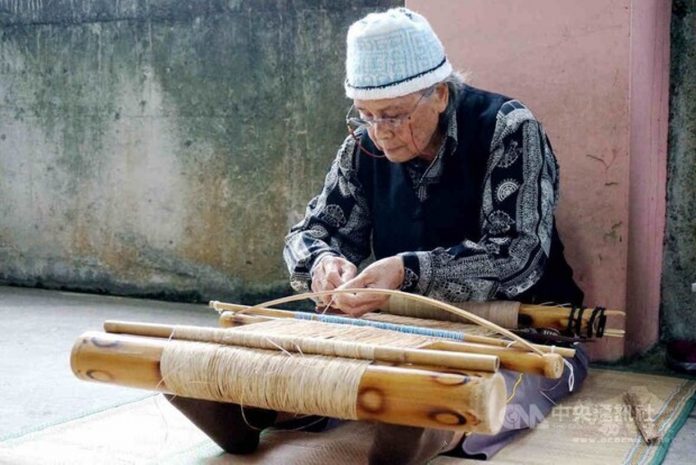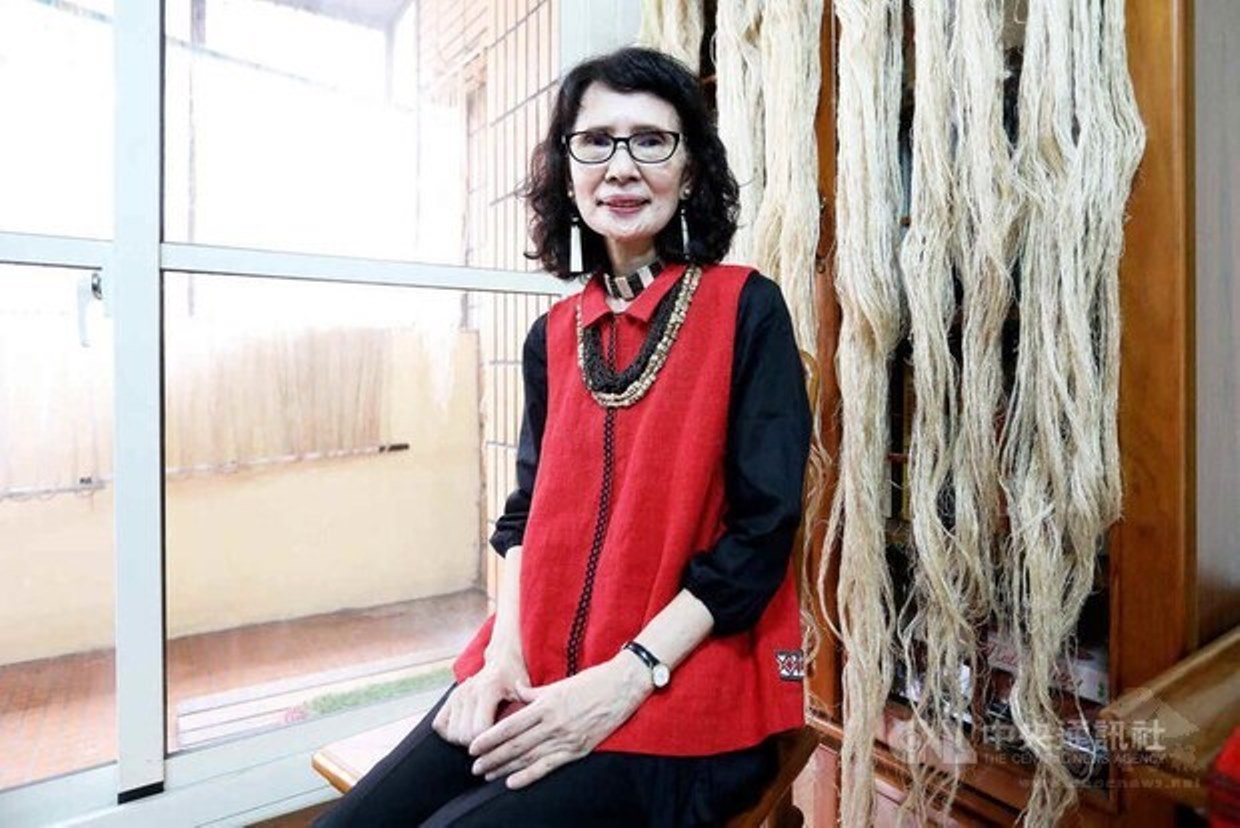
Taipei, May 24 (CNA) The Ministry of Culture (MOC) has designated two traditional Indigenous weaving techniques as intangible cultural heritage and will draft plans for the preservation.
The two examples of recognized traditional craftsmanship — the “Gaya tminun” of the Seediq and the “ni tenunan tu benina” of Kavalan people — will be protected under the Cultural Heritage Preservation Act, the MOC said in a statement on May 24.

According to Article 92 of the Act, the government must draft plans for preserving designated intangible cultural heritage and carefully document, teach about or take appropriate measures to preserve and conserve cultural heritage that is on the verge of disappearing.
It was the first time the traditional craftsmanship of the Seediq and Kavalan people — two of Taiwan’s 16 Indigenous peoples — was designated as cultural heritage of the nation.
The MOC praised the Seediq’s traditional weaving technique, Gaya tminun, as the embodiment of the Seediq people’s weaving culture.
“Fabrics represent the crystallization of culture shared by Seediq women over the past several hundred and even 1,000 years,” the ministry said.
As part of the announcement, the ministry also named Chang Feng-ying (張鳯英) of the Seediq as the keeper of Gaya tminun, and Yen Yu-ying (嚴玉英) the keeper of ni tenunan tu benina.
It said Chang inherited the weaving technique from her mother and grandmother, and she mastered the most challenging technique, called puniri, that is used to create formal dresses.
Chang is recognized by her tribe as the most talented and skillful weaver, and she has devoted herself to passing on weaving techniques to others so that the skills and knowledge of puniri can be circulated in her tribe and other places, the MOC said.
As for the “ni tenunan tu benina” weaving technique, which is described as representative of the craftsmanship of the Kavalan, the MOC said it uses banana leaves and is mainly performed with a plain weave.
The technique is “an important cultural feature of a tribal renaissance movement,” the ministry said, and it plays a significant role in creating cohesion within Indigenous groups and promoting their identity.
The MOC praised Yen as the weaver who is most familiar with all the necessary skills and tools used for weaving with banana leaves, as well as the traditional ritual, called paspaw, performed to pray for blessings from their ancestors’ spirits to allow the weaving to proceed without problems.
Yen’s craftsmanship “offers a ray of hope for the preservation of her tribe’s nearly extinct weaving knowledge and culture,” the ministry said.











